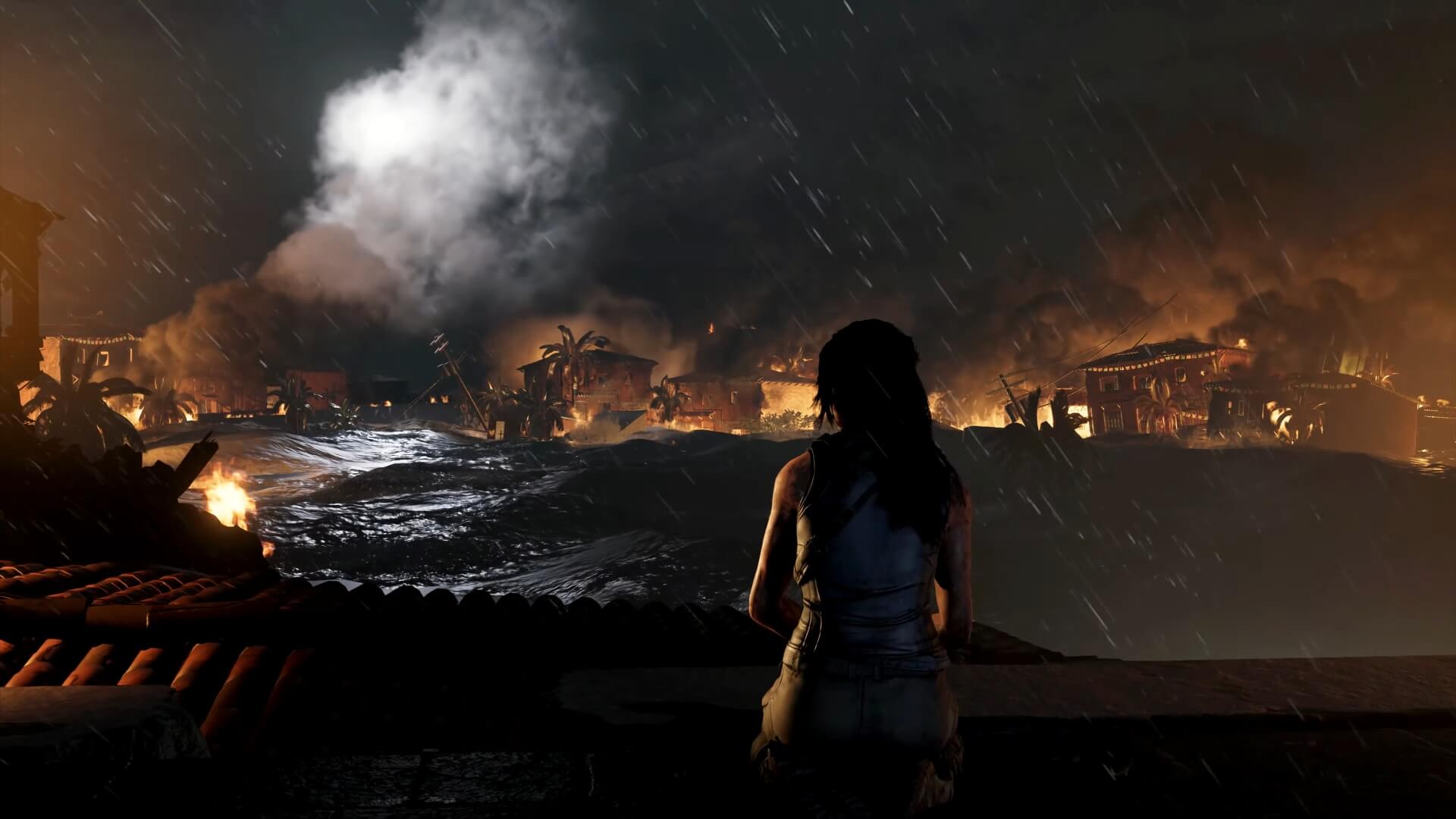One thing I’ve noticed about games with RTX is that sometimes the shadows can help you by allowing you to know if someone is about to enter a room allowing you to set them up so you can kill them as they enter. This happens in Call of Duty all the time. My problem is that the action usually is taking place so fast that you don’t have a chance to appreciate the details.
A game like Splinter Cell or DOOM3 is better because the action is slower and it gives you a chance to appreciate the details or to actually analyze things like shadows
During the Nvidia conference releasing RTX cards I was underwhelmed by the belief that simply showing better reflections and transparency was enough to sell the cards.
No one spends their time in a video game staring down at the reflections of fire in puddles of water. Very few people spend time paying attention to glass transparencies.
That doesn’t mean that there aren’t games that can’t take advantage of it.
I just feel that current shadow technology before RTX cards was already good enough that Ray tracing didn’t make that big of a difference. What we really wanted were cards powerful enough to run 4K or even 8K above 60 frames per second.
Not that it matters for most people, because the majority of gaming monitors are 1440 P or 1080 P.
The few 4K monitors that are designed for gaming or curved are extremely expensive.
